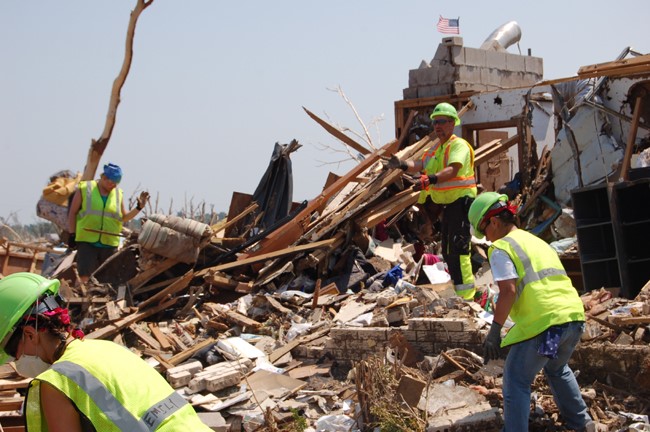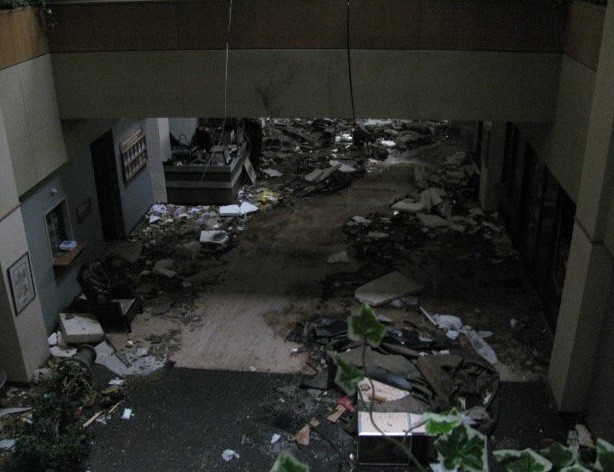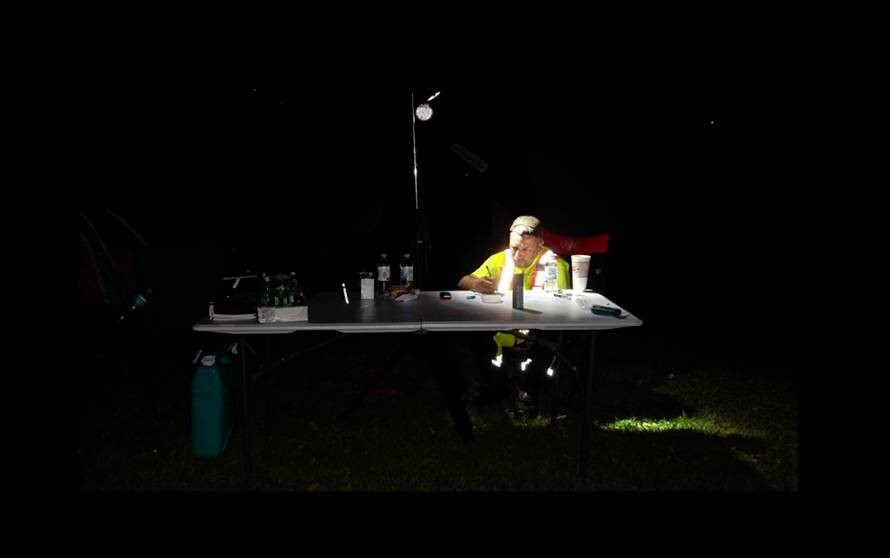Shop by Industry
Industries we support...
Products
START SHOPPING...
EXPLORE by category
Product Series
Resources
Contact
Find a Dealer
Written by Eddy Weiss. Eddy and the C4L Response team were on site after the Joplin tornado and participated in the relief efforts.
Even weeks after the tornado struck Joplin in 2011, the enormity of what had happened was not quite sinking in. Little did I know that it would be years before I could totally wrap my head around what had actually happened and how many lessons we had yet to learn as responders and emergency managers.
During the frantic efforts of the first several days after the tornado, responders had little time to sit and reflect. It was that fast pace that probably kept many from being emotionally overcome by everything. As a responder, you work your “piece of ground”, so the size and scope of the devastation, while enormous, was local to you. You had no birds eye view and no time to think through the devastating effects on the community.

St. John's Regional Medical Center, one of the biggest buildings in Joplin, was completely destroyed. Its foundation was shifted four inches, and its contents were strewn about town. This was no small town hospital either, but rather a shining jewel of health care in the region. It was a place people counted on when they were experiencing their worst days. But the hospital stood silent when it was needed the most. Windows shattered, walls cracked, lights out.
Six people died in the hospital during the tornado — five patients in the intensive care unit and one visitor. Most tornadoes blow through towns quickly, some at speeds of 50 miles per hour. But the Joplin tornado moved slowly and deliberately across, staying on the ground for almost 6 miles. Just long enough to churn up neighborhoods, businesses, churches, schools, homes and lives.
The toll: more than 1,150 injured, 158 dead, and 8,000 structures destroyed.
It all happened at 5:41 p.m. on a Sunday afternoon in May. Sundown was 8:25 p.m.. Initial response had 3 and a half hours of daylight.
Debris littered the parking lot of St. John's, and there was darkness in the hallways of the massive hospital. Jagged metal and broken glass filled every hallway of the structure that now needed to be evacuated. Obstacles at every corner, in every stairwell, and across the grounds made moving patients a dangerous task. Needless to say, there was more than 3.5 hours of work ahead.
So what do you do when darkness falls in a highly dangerous situation with no electricity where you need to work with your hands? This is why the FoxFury Nomad Scene Lights were created.

The FoxFury family of Nomads (the Prime, the 360, and the Now) are not just scene lights. These tools were created with the Joplin tornadoes, the California wildfires, and the Hurricane Harveys in mind. They are created to withstand the historic strikes, the unfathomable occurrences, and the nights like May 22, 2011.
Portable scene lights like the Nomads staged in specific rooms throughout the hospital give nurses and responders pre-placed tools for continuing the response effort through the night. The Nomads can be used to light stairways, hallways, and rooms where patients may not be ready to relocate or need extra attention. Headlamps for nurses and hospital staff are being placed at stations throughout the hospital to give those crucial first responders hands-free lighting when they need it most.
The Joplin tornado shook St. John's to its core, literally. But imagine any other disaster scenario that can do serious damage to a hospital such as a large hail storm, flood, hurricane, fire, active shooter, bombing, etc.

Does the hospital have adequate back up lighting staged throughout the premises that is easy to operate and will last long enough to get the job done? Does the hospital have surgical quality lighting for critical patients? Will the hospital staff be able to light their own way and the paths of patients during an evacuation? And what about triage? Does the hospital have a system to direct incoming victims and direct the active work of triage outside?
These are all questions that the FoxFury Nomad Scene Lights can answer. They are portable, cordless, waterproof, and extremely durable. They run silently and can last for up to 24 hours. There are high CRI versions as well with enhanced color accuracy, which is ideal for medical uses and surgery. The Nomads also have color accessories that help mark key areas such as triage zones, command posts, responder areas, etc.
FoxFury's headlamps and utility lights are great additions to leave at nurses stations or in individual rooms as backup.



Enter your details below to save your shopping cart for later.